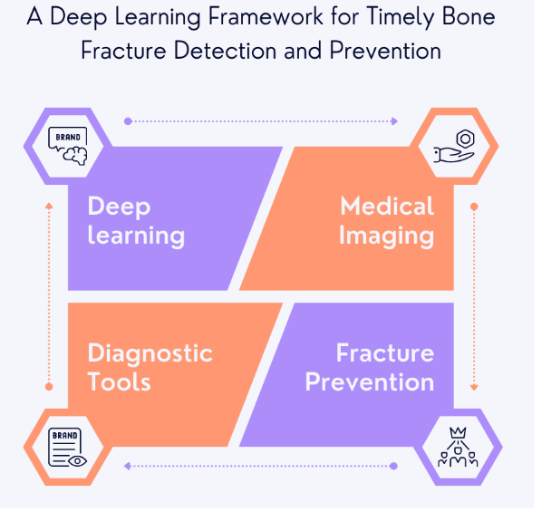A Deep Learning Framework for Timely Bone Fracture Detection and Prevention
Main Article Content
Abstract
Accurate bone fracture identification remains critical in medical diagnostics, motivating researchers to investigate deep-learning systems to address this difficulty. The performance of convolutional neural networks (CNN) and region-based convolutional neural networks (RCNN) in fracture diagnosis is investigated in this paper. Algorithmic efficacy was investigated using a complete set of experiments involving various epochs, batch sizes, and optimization techniques (Adam and SGD). As discussed in the discussion, the results continuously highlight the superiority of the RCNN algorithm, which demonstrated amazing performance across many experimental settings. Algorithms trained using the Adam optimizer regularly demonstrated high levels of accuracy, precision, recall, and F1 score. Nonetheless, the effect of epoch counts and batch size on performance variability was seen, necessitating careful consideration to avoid overfitting and ensure generalization. These findings support careful algorithm selection guided by optimization techniques and fine-tuned hyperparameters. The RCNN algorithm's impressive results, proven by its constant superiority, underline its potential to revolutionize bone fracture diagnosis. Further research should focus on hyperparameter tuning and comprehensive validation across several datasets, fostering accurate and efficient solutions for bone fracture diagnoses in medical practice.
Downloads
Article Details

This work is licensed under a Creative Commons Attribution 4.0 International License.





